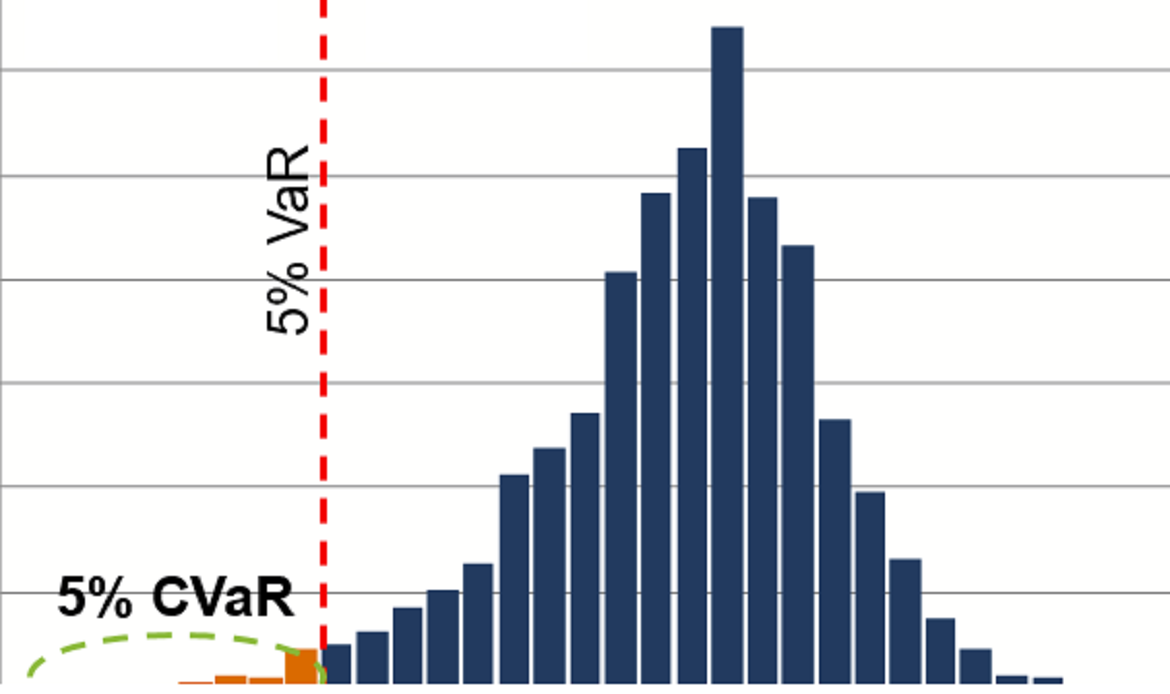The extra return or compensation (premium or risk premium) that the market (or market participants such as investors) demands for taking risk in connection with holding an instrument, investment, asset, etc. It reflects the market price assigned to a specific deal of risk involved in, or associated with, such holdings. In this sense, it corresponds to the ratio of “reward above risk free return or rate” to risk.
For example, the market price of risk for a stock is measured by the ratio of extra return (expected return in excess of the risk-free interest rate) to the standard deviation of returns.
In case the asset or its underlying are not tradable (in an active market), a premium comes into play, while in the opposite scenario, it may be minimal, if any.
absent exactly when the underlying is tradable (as it is already factored in as part of the trading price).
For a portfolio, it reflects the reward-to-risk ratio of the so-called market portfolio.
The market price of risk is also known as the Sharpe ratio or market risk premium.
It is known for short as MPOR.





